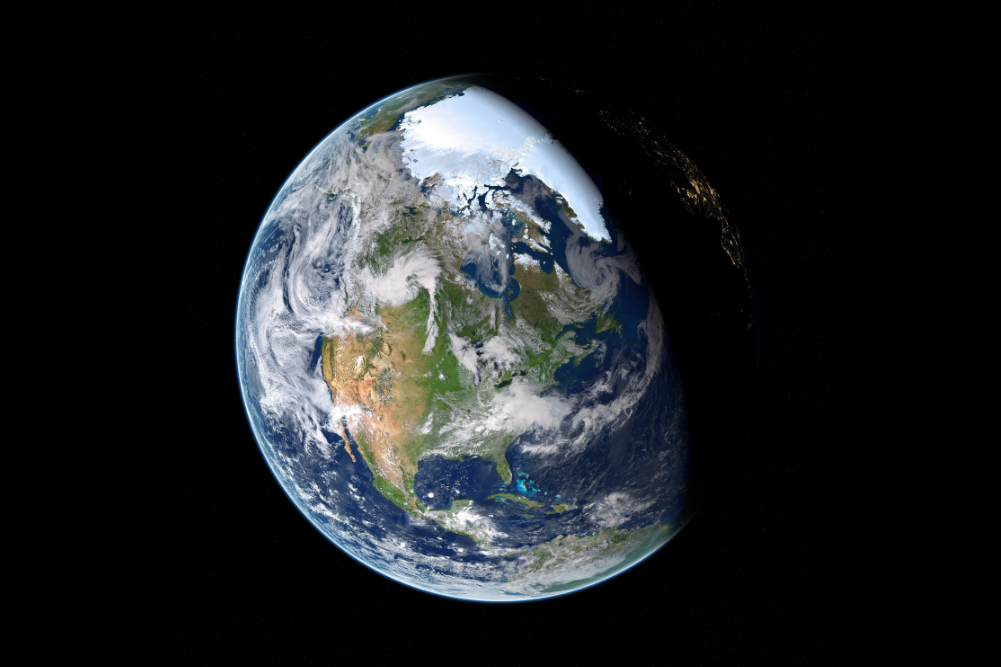How autumn leaves can be used in high-tech electronics
During autumn, trees usually shed their leaves, leaving a trail of fallen leaves on footpaths and streets.
But what if these dead leaves could be put to some good use?
Researchers from Hongfang Ma of Qilu University of Technology in China recently discovered a method to convert these leaves into porous carbon material which can be used to produce high-tech electronics.
They found that the substance makes an excellent capacitor indicated by the current-voltage curves.
The roadsides in northern China are strewn with deciduous phoenix leaves during autumn. These leaves are generally burned in the colder season but it only adds to the country’s growing pollution problem.
The researchers used a two-step simple process to convert fallen leaves into a form which can be used in electrodes as active materials.
The dried leaves were first ground into a powder and then heated for two hours at 220 degrees Celsius.
This process created a powder composed of tiny carbon microspheres. The microspheres were then treated with a solution of potassium hydroxide and heated by increasing the temperature in a series of jumps from 450 to 800 degrees Celsius.
This chemical treatment corrodes the surface of the carbon microspheres making them tremendously porous.
The final product is a black carbon powder with a high surface area due to the presence of many tiny pores etched on the surface of the microspheres.
It is this high surface area which gives the product its electrical properties.
The researchers ran a series of standard electrochemical tests to investigate the possible used of the porous microsphere for use in electronic devices.
They found that the substance makes an excellent capacitor indicated by the current-voltage curves.
Further tests showed that the material is a supercapacitor with specific capacitances of 367 Farads/gram, which are over three times higher than values seen in some graphene supercapacitors.
The supercapacitive properties of this material is higher than that derived from other bio-waste material and this may be due to the fine scale porous structure found in carbon microspheres made from phoenix tree leaves.
This new supercapacitive material holds great promise for a variety of energy storage solutions particularly in computer technology and hybrid or electric vehicles.
Next time you see autumn leaves strewn in your street, think of the fantastic work research is doing in finding ways to use biomass waste in energy storage technology while reducing environmental impact.
Source: Journal of Renewable and Sustainable Energy








